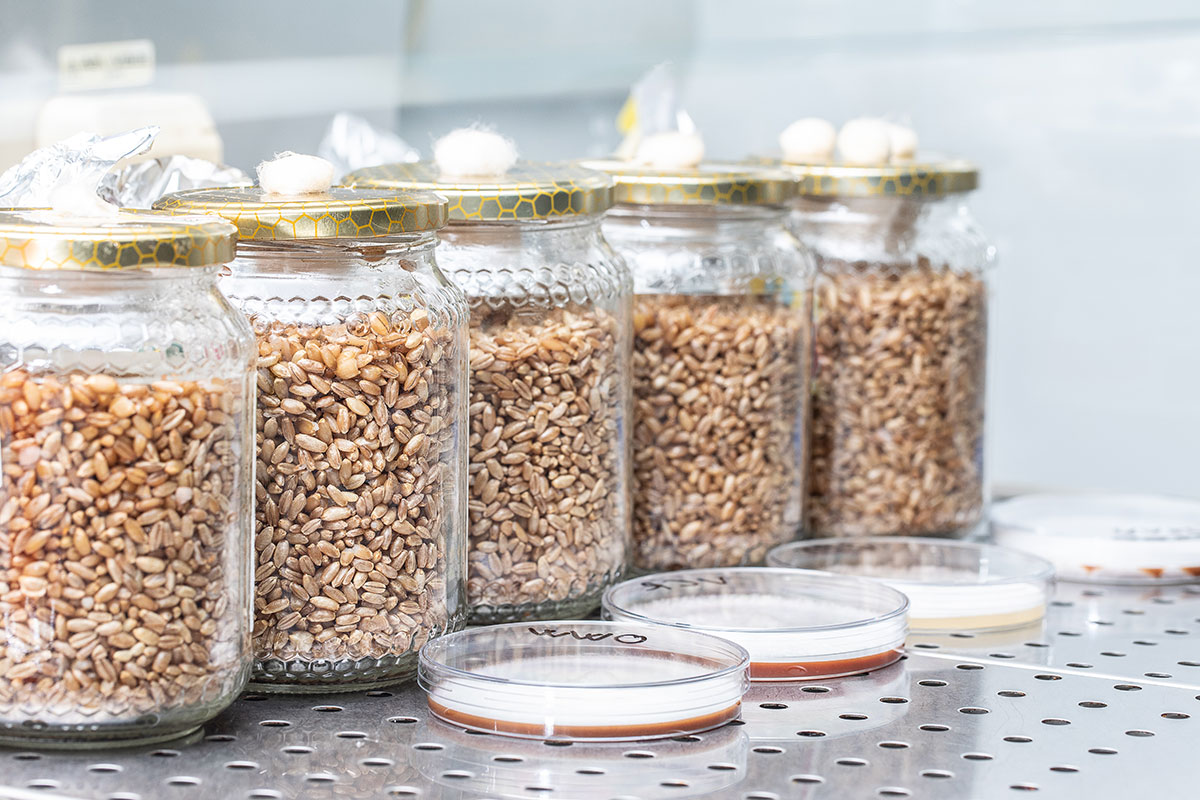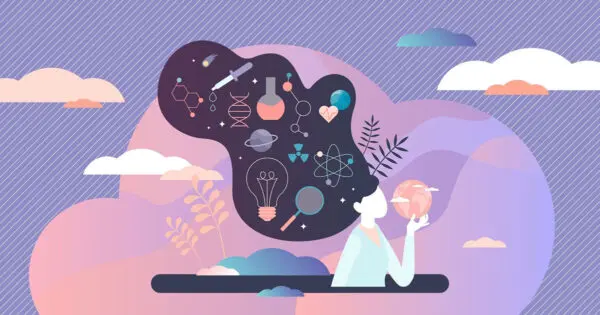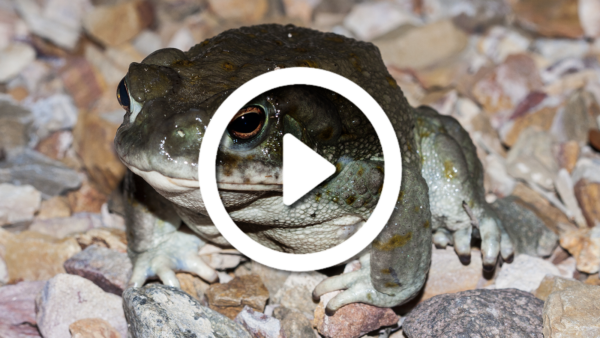Are you curious about how to grow magic mushrooms?
Discover the process from start to finish with our comprehensive guide and learn how to successfully grow your own mushrooms!
Before you start learning how to grow your own, let’s take a moment to familiarize yourself with magic mushrooms. Magic mushrooms, scientifically known as psilocybin, are a specific type of psychedelic medicine that has been revered for their transformative and powerful properties.
Magic mushrooms have been used for centuries in cultural and spiritual contexts by indigenous communities, often for rituals, healing, and expanding one’s connection to the spiritual realm.
In recent decades, modern science has taken a keen interest in the therapeutic potential of psilocybin.
Now let’s delve into the step-by-step process of growing magic mushrooms and explore the world of cultivation.
Why Do People Grow Shrooms?
People grow magic mushrooms for many reasons. Namely, because home-grown mushrooms are preferable to the alternative.
On one hand, the risk of incarceration for trafficking and possession is greatly reduced when someone is their own distributor.
On the other, growing your own shrooms means you know exactly what strain and inputs were used in the production process. For many, growing mushrooms is also a way to connect with the healing spirit of this sacramental medicine.
Much like how people who use marijuana continue to cultivate the plant indoors despite the federal prohibition, so do thousands of mycology enthusiasts. Connected through decentralized local groups, online forums, and anonymous listserv’s, research scientists and hobbyists have spent decades isolating, breeding, and sharing hundreds of strains of mushrooms. This cultural evolution amounts to a radical mycology movement centered around the idea that people should be permitted to grow their medicine — or food for that matter, but that’s a different story.
The most common strains among magic mushroom cultivators belong to the Psilocybe cubensis species, also known as “cubes.” Within this single species are over 100 strains of psilocybin-containing mushrooms. Some have been isolated from the wild and are named after the areas they originate from, like Cambodian or Colombian. Like the evolution of cannabis strain names, magic mushrooms have picked up colloquial names that might make one blush — like APE (which stands for albino penis envy).
Stepping into the world of home mushroom cultivation can seem a bit strange and overwhelming. Still, some people suggest distinct advantages to growing your own magic mushrooms — including tapping into the therapeutic benefits of ecotherapy. Luckily, growing magic mushrooms is relatively simple and straightforward — except for the fact that it is technically illegal at the federal legal, even in places that have passed decriminalization efforts.
Grow Your Own Mushroom Courses
As the DIY Mycology Movement continues to grow, magic mushroom cultivation workshops and training classes are emerging in cities throughout the United States. Regardless of what species one is cultivating, the general principles of home mushroom cultivation apply to all.
Learning about mushroom anatomy, contamination risks, and how to properly spawn, fruit, and harvest a crop of mushrooms takes practice, trial, and error. It’s not difficult, but it is detail-oriented.
There is no reason to limit that practice to magic mushrooms when other culinary mushrooms can also be a delicious (and less risky) training ground. Some people begin to learn about growing magic mushrooms by learning first about growing Lion’s Mane or Oyster mushrooms — these mushrooms are easy and legal to grow, not to mention delicious. These days, people order mushroom grow kits online from dozens of companies — be sure to read reviews to make sure you’re buying a mushroom grow kit from a reputable source. Technically speaking, purchasing magic mushroom spores is not illegal (except in California, Georgia, and Idaho).
If you want to stick to professional tutorials or courses explicitly dedicated to growing magic mushrooms, only a handful come up in an internet search. More likely, people consult Paul Stamet’s classic “Growing Gourmet and Medicinal Mushrooms” or “The Psilocybin Mushroom Bible” for detailed information and guidance.
Growing Magic Mushrooms: An Overview
We will be referring to Stamet’s book for the following summary of how to grow magic mushrooms.
While some psilocybin mushroom varieties can be cultivated outdoors in prepared mushroom beds, we will focus only on the most reported methods and species, Psilocybe cubensis.
Remember: Mushrooms are the mycelium’s fruiting body, the thick web of white fibers underneath the mushroom. The mycelium is really more like the brain and heart of a fungal organism. This organism reproduces by growing fruit (mushrooms) that release spores (seeds) — but reproduction is not the only way the mycelium moves in the world. The organism also grows by expanding outward beyond its existing territory.
The goal of mushroom cultivation is to help your mycelium expand, consume its given food supply, and ensure it has enough energy and health to fruit mushrooms. That might seem simple, but bacteria and other fungi species are also competing for that same food source.
In the first few weeks of cultivation, contamination risks are much higher, but contamination is always a risk in mushroom cultivation. And once your mushrooms are contaminated with unwanted microbes, they will not be safe to use.
Ideally, people have set up a small station with a few essential tools to minimize contamination risks. These include items like HEPA filters and fans, large plastic totes that act as makeshift sterile spaces, and a lot of isopropyl alcohol on hand, at a minimum of 70% concentration, but some cultivators swear by 91%.
All of these items can be found online or at major hardware retailers, and there are plenty of DIY tutorials on YouTube dedicated to building a makeshift mushroom lab. Once the mycelium is established and has outperformed its competitors, contamination is slightly less problematic because it will have a healthy immune system and can naturally destroy some harmful microbes.
Basic Magic Mushroom Cultivation Process
Cultivation will begin with a sample of liquid culture, a live specimen, or a prepared spore print. Liquid cultures are typically delivered in a syringe, but sometimes in test tubes or sealed glass jars. These various starting points are like the seeds of a plant — and the next step is to put them in something that can act as soil or food to begin to grow and reproduce.
The most common food source for starting mycelium is nutrient-rich agar prepared in a petri dish or glass jar. Beginning with this tiny “seed,” cultivators will expand the mycelium by allowing it to grow out in a petri dish before transferring it to the primary food source, usually sterilized grains in large, wide-mouth glass jars.
If people have enough liquid culture, they might not have to expand the mycelium in agar and can immediately introduce the culture to the substrate, a process called inoculation. This will then begin the spawning phase.
Once “planted” in the petri dish, the mycelium will begin to grow across the surface of the media, consuming the nutrients until the agar is covered by a thick web of white, fuzzy filaments that resemble root hairs.
Assuming there is no contamination from competing fungi or bacteria, the cultivator then places agar and mycelium pieces directly into large, wide-mouth (and sterilized) glass jars prepared with grains. These jars are kept in a temperature-controlled environment, and the mycelium is allowed to “run” or grow. This process is called spawning.
At this point, some cultivators can choose to go one of several directions. Once the grains are entirely inoculated with healthy mycelium, the jars can be emptied into a tub or tank prepared with compost and nutrients needed to begin fruiting. The fruiting chamber needs to be in a room where temperature and humidity can be controlled.
Under the proper environmental conditions, the mycelium will begin to “pin” and start forming mushrooms. Some people build small fruiting spaces in extra bathrooms or closets, ideally places where the temperature is more consistent and there is less of a chance of disturbance.
The mushrooms will need light, but that can be delivered artificially through grow lights set up on timers. The fruiting process can take several weeks. Cultivators use a collection of lights, misters, and nutrients depending upon that particular strains’ preferences. Depending on the strain and conditions, a cultivator can pick a crop and grow several “flushes” from a single preparation.
If working on a larger grow, the jar of mycelium might instead be added into large bags or containers of the substrate. It will go through another series of expansions before introducing a fruiting environment, usually a room dedicated to this specifically. But if following one of the popular DIY processes using liquid culture and pre-cooked bags of rice, then the set-up can be relatively straightforward — if all goes well and smoothly, it is possible to grow magic mushrooms in nine weeks.
A final Thought:
Growing magic mushrooms is not a complex process, but it does require some attention to detail and can seem overwhelming, to begin with. However, there is a vast wealth of tutorials and resources online curated by researchers, scientists, and hobbyist mycologists who have become global experts in the underground field of magic mushroom cultivation.
Luckily, learning how to grow gourmet mushrooms can give people a training ground for growing magic mushrooms, which are still illegal to cultivate — for now.
Someday, growing your own magic mushrooms at home for medicine may be as common as growing chamomile.
But for now, maybe consider buying a mushroom grow kit to start learning the basic steps.
Faqs:
Can you grow magic mushrooms at home?
Yes, it is possible to grow magic mushrooms at home. However, it’s essential to research and follow proper techniques to ensure a successful and safe growing process. Also, keep in mind that in certain states magic mushrooms are still illegal to cultivate.
What are the benefits of homegrown magic mushrooms?
Homegrown magic mushrooms offer control over the cultivation process, allowing you to choose the strain, quality, and growing conditions. Additionally, it can be a cost-effective way to access these medicines for personal use.
How much light do magic mushrooms need?
Magic mushrooms do not require much light during the growing process. Indirect ambient light or minimal artificial light is sufficient, as they prefer low light conditions similar to those found on the forest floor.
How long does it take to grow magic mushrooms?
The duration to grow magic mushrooms varies depending on the species, cultivation method, and environmental conditions. Typically, the process takes several weeks from inoculation to harvest.
What is the easiest way to grow magic mushrooms?
Using a pre-packaged mushroom grow kit is often considered one of the easiest methods for beginners. These kits contain all the necessary components and instructions for successful cultivation.
How to grow magic mushrooms from spores?
Growing magic mushrooms from spores involves inoculating a substrate with spore syringes. The spores germinate and develop into mycelium, which eventually produces mushrooms under proper conditions.
Is it legal to grow psychedelic mushrooms?
The legality of growing psychedelic mushrooms depends on your state and where you reside. In many places, growing these mushrooms is illegal due to their hallucinogenic properties. Research your local laws before attempting cultivation.
Is growing mushrooms indoors dangerous?
Growing mushrooms indoors is generally safe if proper hygiene and sterilization practices are followed. However, there’s a potential risk of contamination if not done correctly.
How to grow mushrooms in a jar?
To grow mushrooms in a jar, you would typically use the “PF Tek” (Psilocybe Fanaticus Technique) method. This involves sterilizing a substrate mixture in a jar, inoculating it with spores or mycelium, and allowing mushrooms to develop.
Buying a mushroom growing kit vs growing from scratch?
Choosing between buying a mushroom growing kit and growing from scratch depends on your experience level and preference. Kits provide convenience while growing from scratch allows more control and customization of the process.
Read More Mushrooms:









